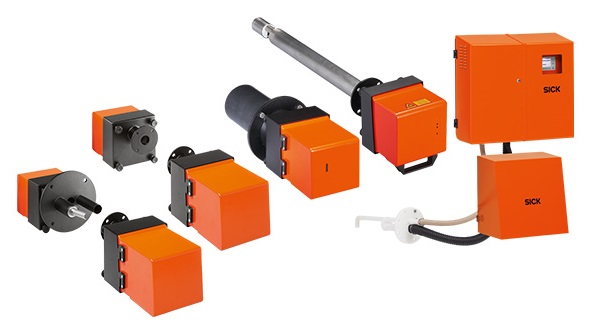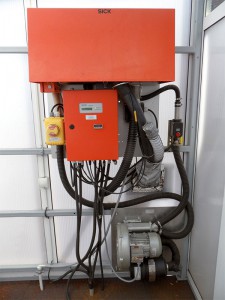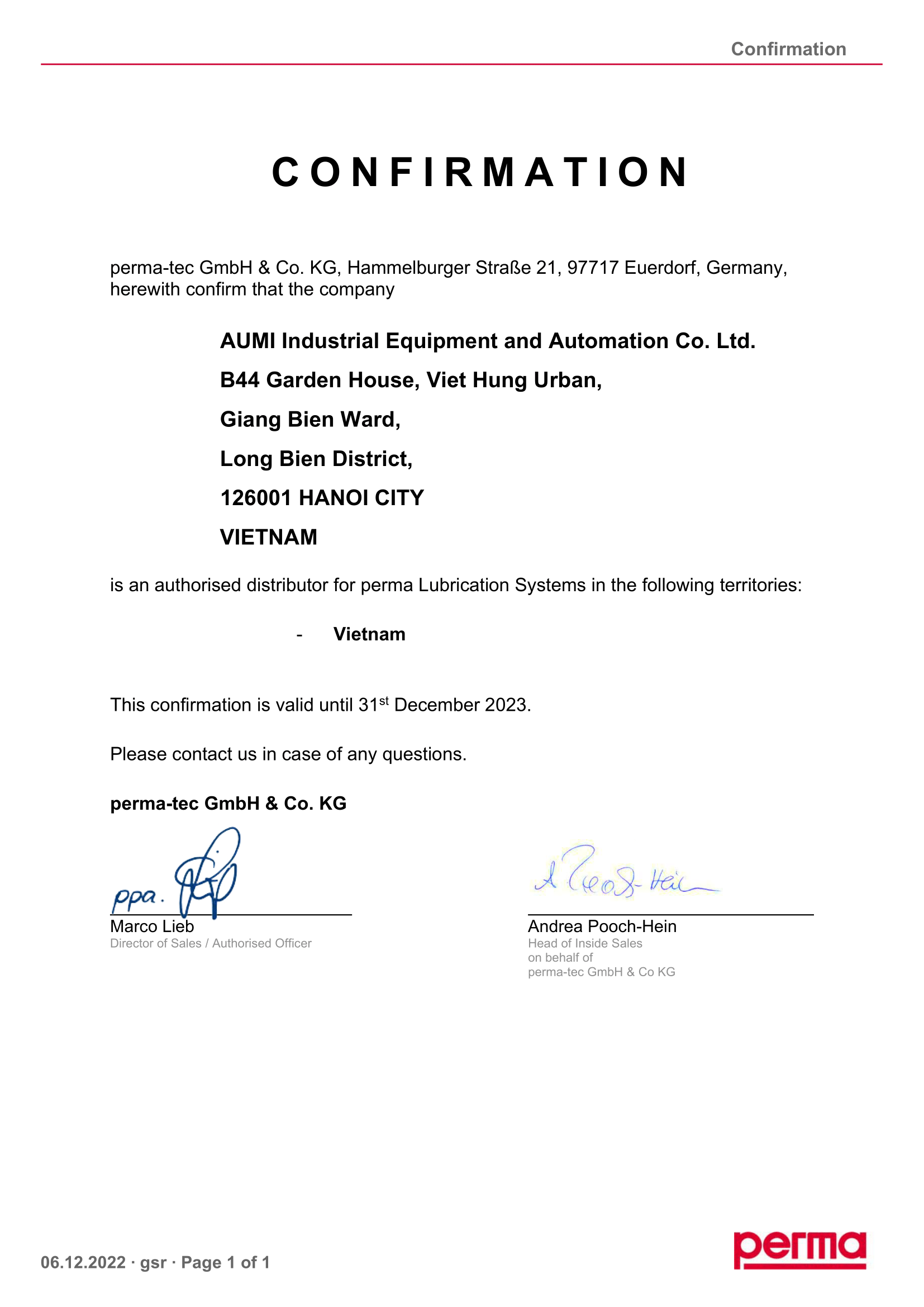Measuring dust emissions is easy – if one has the right measuring equipment. When it comes to choosing the right measuring device, one has to look at both the properties of the medium to be measured and the environmental conditions


Environmental standards are becoming more stringent, often requiring companies to measure low concentrations of dust. This task requires a particularly sensitive measuring process. Ever since Erwin Sick conducted his pioneering work in 1956, SICK has been concentrating on optical measurement processes. The scattered light approach provides the best foundation for recording even the lowest concentration of dust. This also applies for more demanding applications in hot or aggressive gases with low to medium dust content. The DUSTHUNTER SB50 and SB100 scattered light dust measuring devices apply the backward scattering principle. Installing the devices in a stack is easy: a single opening is enough.
DUSTHUNTER: More flexibility thanks to multiple device versions
Stacks with thicker walls require dust measuring devices to have a special shape without sacrificing any of the measurement accuracy, even for the lowest concentrations of dust. other stacks require the measuring device to be installed in one exceptionally small opening. For these two scenarios, the DUSTHUNTER SP100 comes with a special probe with graduated lengths from 435 to 2,435 mm. The maximum drill hole diameter required is 130 mm. Made from stainless steel, titanium or Hastelloy, the probes are well equipped to withstand hot or corrosive substances. The DUSTHUNTER SP100 also uses the scattered light principle, applying highly sensitive forward scattering. The DUSTHUNTER SF100 is SICK’s solution for particularly difficult cases when it comes to the shape of the stack and the properties of the medium. If the flow is affected by inhomogeneities or swirling in larger channels, it can make representative dust measurement more difficult. The problem can only be solved by taking a measurement across the entire diameter of the stack. The DUSTHUNTER SF100 also uses the scattered light principle (forwards scattering). Its receiver is installed opposite the sender on the other side of the stack, making it the ideal solution for measuring larger diameters. It can even measure the lowest concentration of dust with maximum precision. However, it is also suitable for use with corrosive and hot media. The DUSTHUNTER SF100 makes almost no contact with the medium itself.
Measuring medium or high concentration of dust
Single measurement across the entire cross section of the stack quickly records the concentration values. Transmittance also uses a conventional optical process, making it ideal for measuring medium to high concentrations of dust: the DUSTHUNTER T50, T100, and T200 transmittance dust measuring devices. The DUSTHUNTER T50 is all you need to tackle simple measurements. Like SICK’s measuring devices that use the scattered light principle, the DUSTHUNTER T100 includes an automatic contamination measurement and correction function. It provides users with an early warning should the contamination level on the measurement optics exceed the permitted limit. The DUSTHUNTER T200 is also equipped with an automatic self-alignment function for the optics: a unique feature only available in SICK products. It corrects any distortion on the optical axis that may occur as a result of the thermal expansion of the stack. Both functions reduce excessive maintenance cycles. The automatic self-alignment function also makes it easier to commission the device.

In some processes, exhaust gases are cleaned in scrubber units before they are released. Recording a reliable measurement for dust concentration is particularly difficult when the dust is damp. Conventional dust measuring devices cannot differentiate between specks of dust and drops of water, leading to distorted measurement readings. only one thing can help here: using a bypass system to extract the medium from the stack, dry it, and then measure it. This is the approach applied by the extractive scattered light dust measuring device, the FWE200DH. It extracts flue gas from the stack on a permanent basis, dries it within a few seconds using a thermo cyclone, and records particularly low concentrations of dust accurately using forward light scattering. The FWE200DH features a space-saving design and can therefore be installed straight into the stack. It is equipped with a corrosion-resistant sampling probe made from PVDF.




